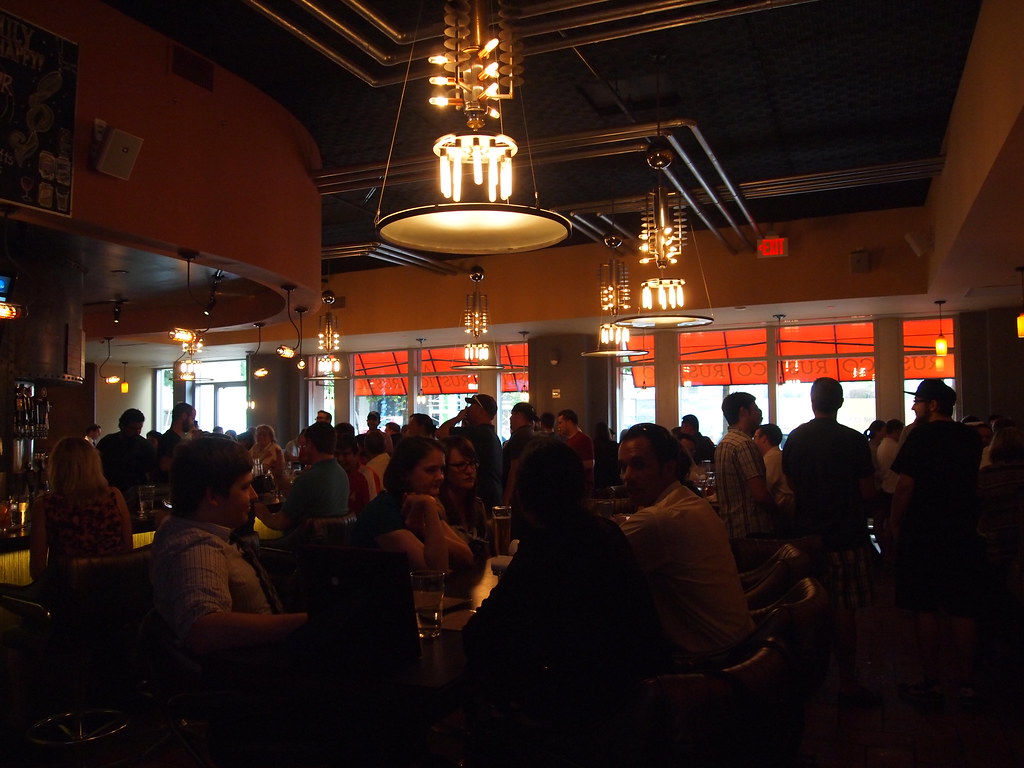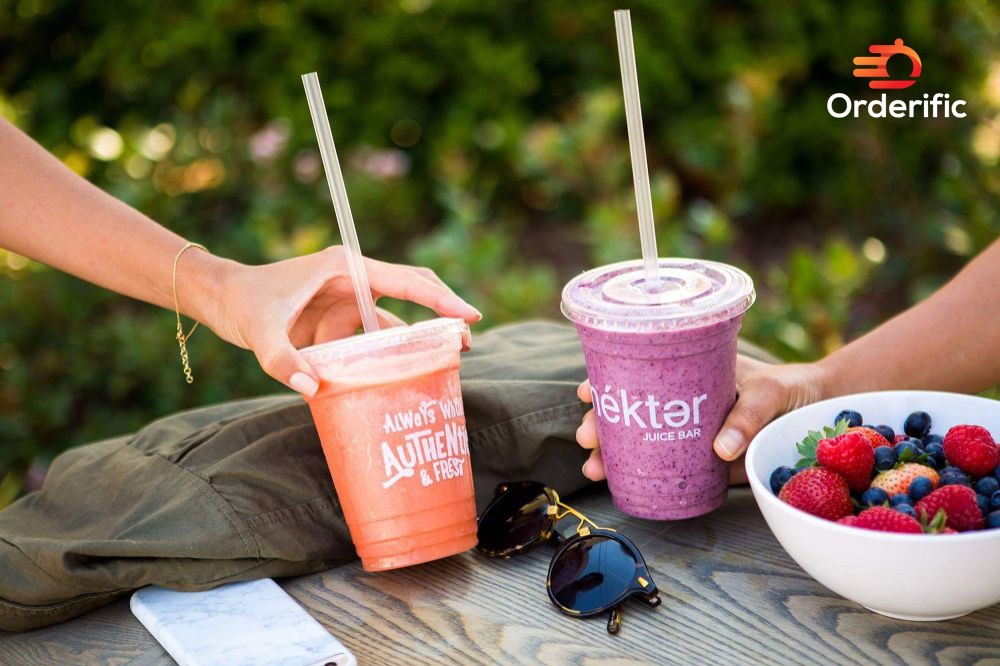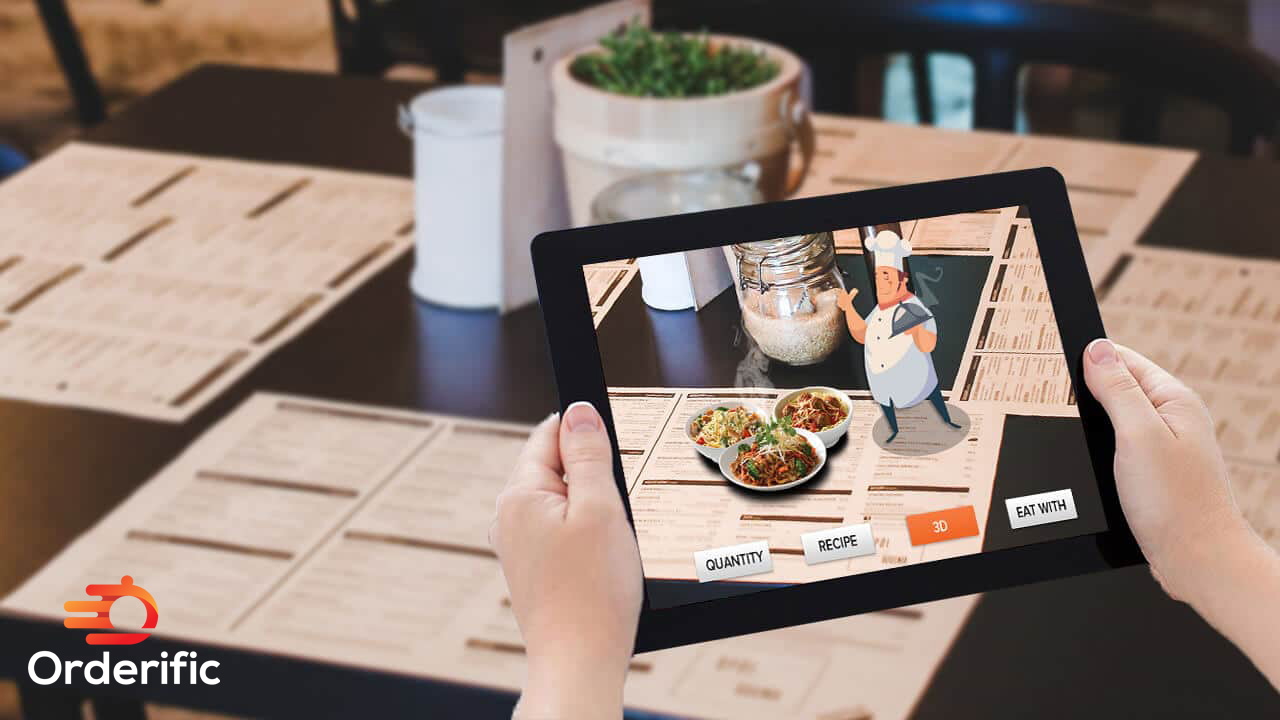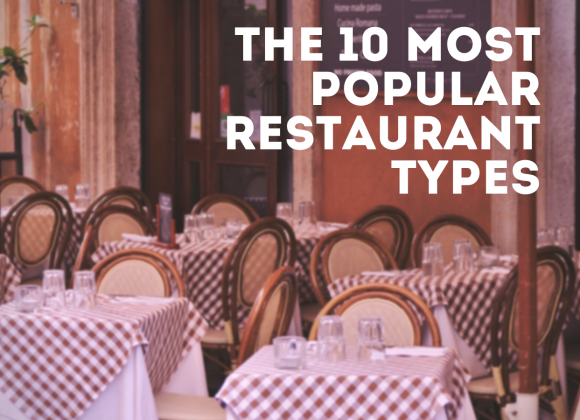The restaurant industry has faced a roller coaster of uncertainty and challenge in recent years. In the midst of this turbulence, identifying effective benchmarks for measuring success is essential to navigate a competitive landscape and effectively grow your business. New technology, changing trends, shifting consumer tastes – no matter what characteristics may be in constant flux in the realm of food service, there are some key factors that should remain constant when looking at a successful benchmarking restaurant.
We’ll explore 10 essential restaurant benchmarks you can use as significant touchstones through 2023. Whether you’re sidelining as an owner or consultant, it will be vital to understand these measures so that you know how well your establishment is doing relative to peers within the sector.
What are Restaurant Benchmarks?
Restaurant benchmarks serve as crucial performance indicators that empower restaurant proprietors to assess the trajectory of their business in terms of accomplishments and advancement. These benchmarks encompass a spectrum of metrics, including revenue per table, food cost percentage, labor cost percentage, guest count, and table turnover duration. Through a comprehensive analysis of these benchmarks, restaurant owners can pinpoint areas meriting enhancement and recalibrate their operational strategies to secure superior outcomes.
For instance, in the scenario where a restaurant owner detects an elevated food cost percentage, they can strategize by fine-tuning menu pricing or revisiting supplier contracts to curtail expenses. Similarly, if the pace of table turnovers seems sluggish, proprietors might opt to reevaluate seating arrangements or staff scheduling patterns to optimize the seamless movement of patrons. In essence, restaurant benchmarks function as invaluable instruments for any restaurateur aspiring to optimize the profitability and triumph of their establishment.
Benchmarks to Measure Overall Performance
1. Prime Cost
In the realm of prosperous restaurant management, comprehending overall performance stands paramount. A pivotal yardstick for gauging this performance is the prime cost – a composite of fundamental expenses encompassing cost of goods sold (COGS) and labor costs. This metric serves as a financial pulse, mirroring the indispensable investment to sustain restaurant operations. Elevating the establishment’s performance and profitability hinges on astute prime cost analysis and aligning it with industry benchmarks, enabling strategic steps to optimize expenses. This, in turn, unlocks resource efficiency, revenue enhancement, and operational finesse.
- Key Metric Fusion: Prime cost fuses COGS and labor expenses, crystallizing essential operational outlays.
- Proactive Profitability: Benchmarking prime cost against industry standards fosters proactive resource optimization.
- Efficiency Amplification: Prudent prime cost management spurs efficient resource allocation, amplifying revenue streams.
2. Profit Margin
A restaurant’s profit margin stands as a pivotal gauge of its financial well-being, offering insights that extend beyond mere numbers. Things to keep in mind:

- Competitive Insight: Measuring profit margin against industry benchmarks offers a clear yardstick to assess the restaurant’s standing among rivals.
- Performance Optimization: By pinpointing profit margin influencers like costs of goods sold and labor outlays, benchmarking becomes a compass for enhancements and growth objectives.
- Sustained Triumph: In the fiercely competitive realm of dining, vigilant profit margin management primes restaurants for enduring prosperity by counting every dollar.
3. Sales Per Square Foot
In the fiercely competitive landscape of the restaurant industry, gauging success hinges on effective performance measurement. A pivotal yardstick in this regard is the “sales per square foot” metric, which quantifies revenue generated within each square foot of the restaurant space. This metric offers valuable insights for owners and managers to enhance performance strategically and optimize profits. Here’s how:
- Precise Insight: Sales per square foot provides a clear snapshot of revenue efficiency, allowing identification of areas requiring enhancement.
- Strategic Decision-Making: Armed with this data, owners and managers can make informed decisions to bolster profitability and overall performance.
- Dynamic Benchmarks: Tailored to the restaurant’s type and location, benchmarks for this metric guide the assessment of performance in a contextually relevant manner.
By harnessing the power of the sales per square foot metric, restaurant owners and managers adeptly navigate the industry’s dynamic landscape, ensuring their establishment thrives amid constant change.
Benchmarks to Measure Front-of-House Performance
1. Revenue Per Seat Hour (RevPASH)
In evaluating a restaurant’s achievement, numerous elements come into play. A pivotal metric that provides insight into the restaurant’s front-of-house performance is its Revenue Per Seat Hour (RevPASH). This yardstick gauges the revenue generated per available customer seat every hour. A high RevPASH reflects efficient service and customer volume, crucial for thriving businesses. Delving into RevPASH enables owners and managers to pinpoint enhancements and make informed choices based on data.
Key Points:
- RevPASH Significance: RevPASH offers a snapshot of front-of-house efficiency and customer demand, indicating how effectively the restaurant utilizes its seating capacity within a given timeframe.
- Performance Benchmark: A high RevPASH signifies effective operations, rapid table turnover, and optimized service, while a lower RevPASH may highlight areas requiring attention, such as service speed or customer experience.
- Informed Decision-Making: By tracking RevPASH trends over time, owners and managers can strategically adjust staffing, reservations, and other operational aspects to boost revenue and overall restaurant success.
2. Table Turnover Rate
Efficiency in front-of-house operations is pivotal in the restaurant industry, and a vital measure of this efficiency is the table turnover rate. This metric gauges the speed at which tables are cleared and readied for the next set of diners, wielding a direct influence on a restaurant’s revenue potential. Here are key points to consider:
- Revenue Impact: Table turnover rate significantly affects revenue potential. A slow turnover rate reduces available tables and potential sales, while a high turnover rate may compromise the guest experience and revenue over time.
- Guest Experience: Balancing speed with guest satisfaction is crucial. A rushed experience due to high turnover can lead to negative impressions, impacting return visits and reputation.
- Optimization: Tracking and benchmarking this rate enables restaurants to fine-tune front-of-house strategies, ensuring optimal turnover, heightened guest contentment, and improved profitability.
3. Footfall
In the dynamic realm of restaurant success, establishing clear benchmarks holds paramount importance, particularly when evaluating front-of-house performance. A pivotal yardstick to consider is footfall – the daily influx of patrons through your doors. This metric not only reflects customer engagement but also serves as a yardstick to gauge service excellence. Whether you’re embarking on a new venture or enhancing an existing one, harnessing the insights from footfall statistics empowers you to propel your restaurant’s evolution through informed choices.
Key Aspects:

- Footfall Insights: Monitoring footfall provides a direct measure of customer attraction and service quality.
- Benchmark Alignment: Comparing footfall against industry standards offers a meaningful context to assess your restaurant’s performance.
- Data-Driven Progress: Utilizing footfall data for decision-making facilitates tangible enhancements, propelling your restaurant toward higher achievements.
4. Staff Turnover Rate
In the realm of restaurants, the front-of-house staff embodies the establishment, wielding immense influence over its prosperity through customer interactions. The turnover rate of this staff stands as a pivotal gauge of their effectiveness, with a higher rate indicating potential challenges in employee contentment or training. Utilizing turnover benchmarks as yardsticks offers crucial insights into areas necessitating enhancement. Establishments can juxtapose their turnover rates against industry norms to glean insights into their front-of-house performance. By addressing the root causes of heightened turnover, restaurants can secure and retain top-tier talent, elevate customer service, and ultimately amplify revenue.
Key Aspects:
- Frontline Representation: Front-of-house staff shape the restaurant’s image through customer interactions.
- Turnover Indicator: Staff turnover rates reflect employee satisfaction and training effectiveness.
- Benchmarks for Improvement: Comparing turnover rates to industry standards identifies areas needing attention.
Benchmarks to Measure Back-of-House Performance
1. Food Cost Percentage
For restaurant owners and managers, vigilant monitoring of the food cost percentage is imperative. This metric stands as a pivotal yardstick for evaluating establishment profitability and back-of-house operational efficiency.
Key Aspects:
- Defining Food Cost Percentage: This metric signifies the proportion of your restaurant’s total revenue allocated to ingredient expenses for each dish.
- Performance Measurement: Regular tracking and industry-standard comparisons provide insights into inventory management, ingredient sourcing, and waste control within your kitchen.
- Informed Decision-Making: Insights from this metric inform critical choices concerning menu pricing, portion sizes, and other variables that substantially impact your restaurant’s financial health.
2. Menu Item Profitability
In the realm of restaurant success, menu item profitability stands as a pivotal gauge. It not only mirrors customer inclinations but also empowers managers to optimize resource utilization and make informed choices about forthcoming offerings. Delving into cost, pricing, and sales data yields invaluable insights, guiding decisions on cost reduction, price adjustments, and dish promotion. This wealth of information enables restaurant owners to harness the potential of their back-of-house operations, pinpoint areas for enhancement, and align with industry benchmarks for growth.
Key Points:
- Strategic Insights: Menu item profitability reveals customer preferences and guides efficient resource allocation, enabling data-driven decisions for enhancing the bottom line.
- Operational Optimization: Analysis of cost, price, and sales data helps identify opportunities to trim costs, adjust prices, and promote high-margin dishes, thereby boosting overall profitability.
- Industry Alignment: Utilizing industry benchmarks empowers restaurant owners to gauge their performance against peers, fostering realistic goal-setting and propelling the journey toward a flourishing restaurant enterprise.
3. Inventory Turnover Rate
Efficiency in restaurant operations hinges on key metrics like inventory turnover rate. This metric offers insights into inventory management and performance, aiding restaurant owners in optimizing their strategies. Here’s how:
- Measure of Operational Efficiency: Inventory turnover rate gauges how swiftly restaurant inventory is sold and replenished, reflecting operational efficiency.
- Indicator of Demand Alignment: A high turnover rate signifies effective sales, while a low rate may indicate overstocking or sales challenges.
- Informed Strategy Refinement: Comparing turnover rates with industry standards enables owners to fine-tune inventory management, enhancing overall effectiveness.
Conclusion
In conclusion, measuring restaurant performance employs an array of benchmarks. From insightful metrics like prime cost, profit margin, and sales per square foot to front-of-house performance indicators such as RevPASH, table turnover rate, footfall, and staff turnover rate, and back-of-house metrics like food cost percentage, menu item profitability, and inventory turnover rate. Each of these yardsticks offers unique perspectives into different aspects of a restaurant’s operation. With diligent tracking, comparison against industry standards, and proactive adjustments based on these metrics, restaurant owners and managers can steer their establishments toward unparalleled success and profitability.
For more insights like these, we invite you to explore more of Orderific blogs, your prime destination for garnering an acute understanding of the restaurant industry. Stay tuned and keep reading to ensure your restaurant thrives in this competitive landscape.
FAQs
Q. How do restaurants calculate their costs and profits?
Ans. Restaurants calculate their costs by summing up all expenses, including ingredients, labor, and overhead costs. Profits are determined by subtracting these total costs from total revenue.
Q. Why are restaurants’ profit margins so low?
Ans. Restaurants’ profit margins are often low due to high operational costs, including food ingredients, labor, rent, and utilities.
Q. How do restaurants/cafes maximize sales and profits?
Ans. Restaurants and cafes maximize sales and profits by enhancing their menu offerings, improving service efficiency, and thus implementing effective marketing strategies.
Q. How long does a restaurant take to break even?
Ans. The breakeven point for a restaurant varies depending on various factors, including startup costs, operational expenses, and revenue, but it typically ranges from 1-3 years.
Q. How do small business restaurants make a profit?
Ans. Small business restaurants make a profit by effectively managing costs, thus providing excellent customer service to encourage repeat business, and promoting their unique offerings.
Q. How do I increase restaurant profit margins?
Ans. Restaurant profit margins can be increased by optimizing menu pricing, reducing waste, improving service efficiency, and thus increasing customer satisfaction.













